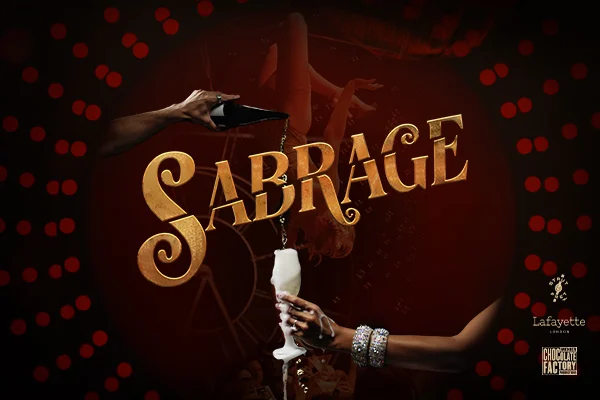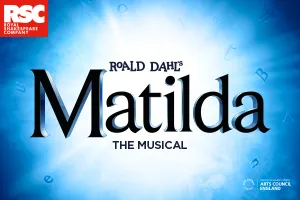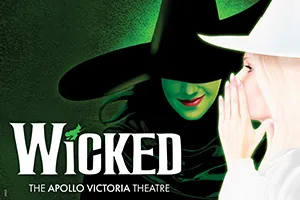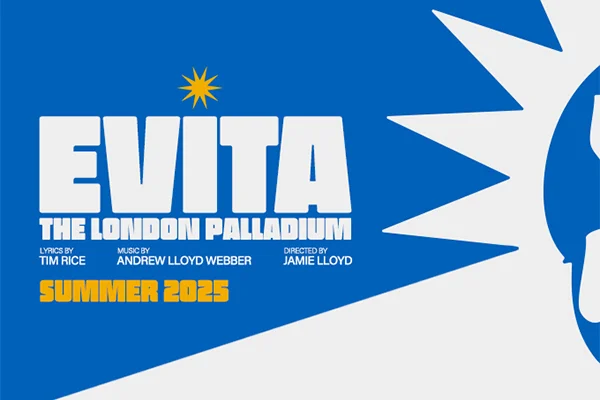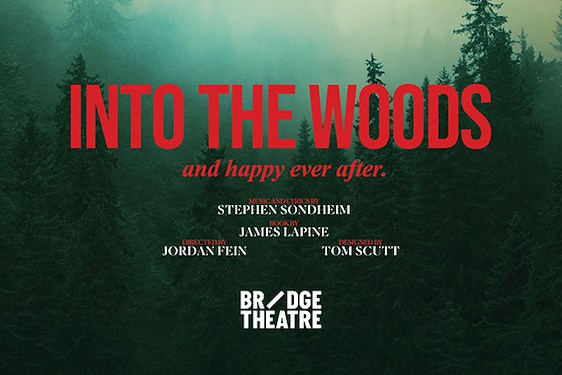Friends of seven years, Iris (Ianthe Bathurst) and Thalia (Thea Mayeux) share their lives in the same flat. Knives and Forks depicts the last two years of their relationship using snapshots of conversations and glimpses into past, present and future. Shadowed by their body doubles, (India Walton and Chien-Hui Yen), the production uses physical theatre, art and interpretive dance to support the text, evoking feelings of pain, memory and confusion.
An enigmatic piece that conveys the confusing and often fraught nature of female relationships.
Designed by Iona Curelea, the set consists of a blackboard and a wall covered in paper from floor to ceiling, which the characters’ doubles write, draw and paint on, indicating time passing as well as mapping out the key moments in their friendship. The doubles dance throughout the show, using powerful and considered movement that reflects the push and pull of Iris and Thalia’s relationship. This is a beautiful device, as it helps clarify the narrative whilst also providing a soothing, almost romantic backdrop for the scenes taking place.
With excellent musical composition by Mistakeless Music, the piece is underscored by tense violins, providing emotional texture whilst maintaining a bare, eerie sound. Combined with heavy suggestions that Iris is unwell, the audience are left with a feeling that something is wrong, but we are never really sure what.
It is this that poses the biggest drawback to the production, as it is sometimes difficult to delineate what the characters (and subsequently, the writer) are trying to say. Some key facts are unclear, such as the point at which Thalia discovers that Iris is unwell, as some scenes indicate she has discovered this earlier in the timeline and others later. At times the dialogue lacks purpose and drive, which can be damaging in a show that is deliberately ambiguous.
Perhaps the clearest message the show conveys is of the philosophical interconnectivity between life and death after the Greek philosopher Thales. Making thoughtful connections between this outlook and the Buddhist concept of impermanence, the back wall is ripped apart, destroying the markings of memories that had been accumulated throughout the show—reminiscent of the mandala ritual.
Overall, Knives and Forks is an enigmatic piece that conveys the confusing and often fraught nature of female relationships. Though creatively inventive and intriguing, the story itself would benefit from being fleshed out so that it may resonate more strongly.









